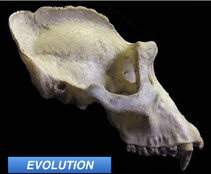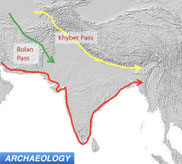
Let’s talk about poop. Poop comes up a lot in archaeology - something they do not tell you in graduate school. But it’s a thing that runs the gamut from you as a pooper yourself to them, the people who lived and pooped on that archaeological site you’re working on. But let’s start with you. Imagine you’re a young archaeologist pooping in the woods for the first time in your life because the site you’re excavating is too far away from anywhere to not dry camp. Or imagine that you’re a young archaeologists who’s burrito, warmed on the truck’s carburetor because you’re very clever, just didn’t agree with you and there’s no bathroom in sight. It’s from such pooping events that a great group of people I used to work with used, and maybe coined, the phrase “mountain money” when referring to toilet paper.
But enough about you, let’s talk about them in relation to you. Sometimes historic era archaeology sites have depressions in the ground indicating privies were in the area. You know, historic people pooping in a pit, maybe with a little shack built over the pit. Maybe the happy little shack has a happy little moon carved into its side. While it’s really weird, it’s still your job to dig up that privy, possibly while questioning some of your life decisions and mentally compiling a list of “I’m digging up old poop” health related questions to Google when you get home. It’s all worth it though because there’s a crap-ton of information to be gleaned by digging up and analyzing historic and prehistoric poop.
Of course to do science on poop we need a better name than poop; ergo, we have “coprolite.” The term coprolite once referred only to fossilized feces but the term has been expanded to include dried out excrement as well. Archaeologists get very excited when they find human coprolites because coprolite analyses can tell researchers what people were eating. Coprolites can also provide certain information about the health of individuals which can then hopefully be extrapolated into a picture of the overall health of a population. A couple of years ago, researchers in Spain found the oldest coprolite - a 50,000 year old piece of poop from a Neanderthal. Analyses of the coprolite showed that the Neanderthal ate plants as well as meat, which was a major find because it added to a small but growing amount of evidence that Neanderthals not were strict carnivores as many people believed.
So now that you know the joys of pooping, please remember to wash your hands.



